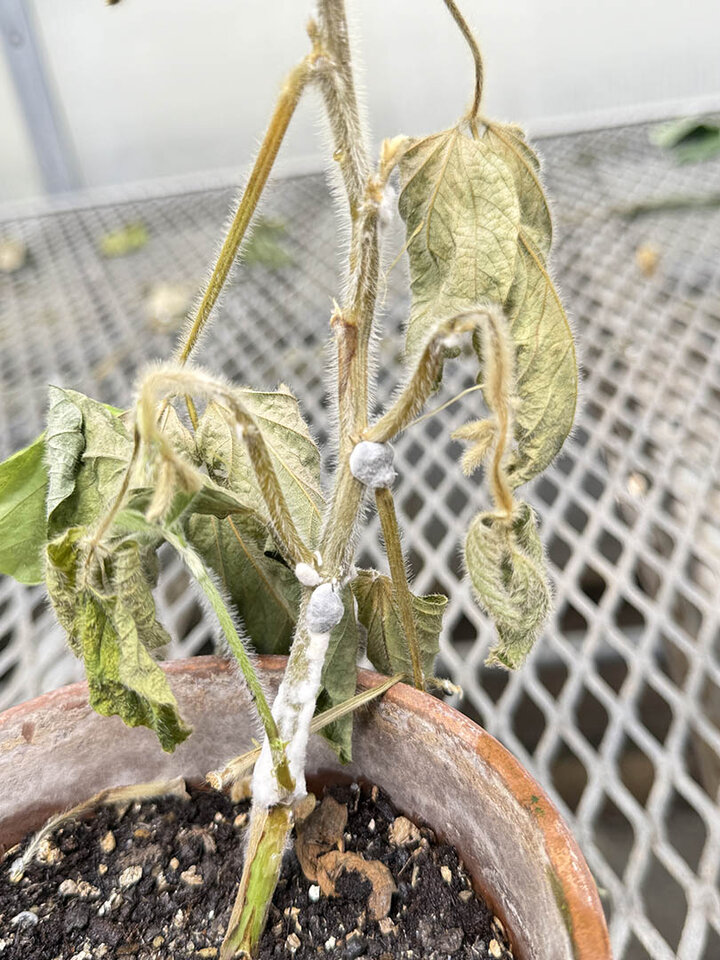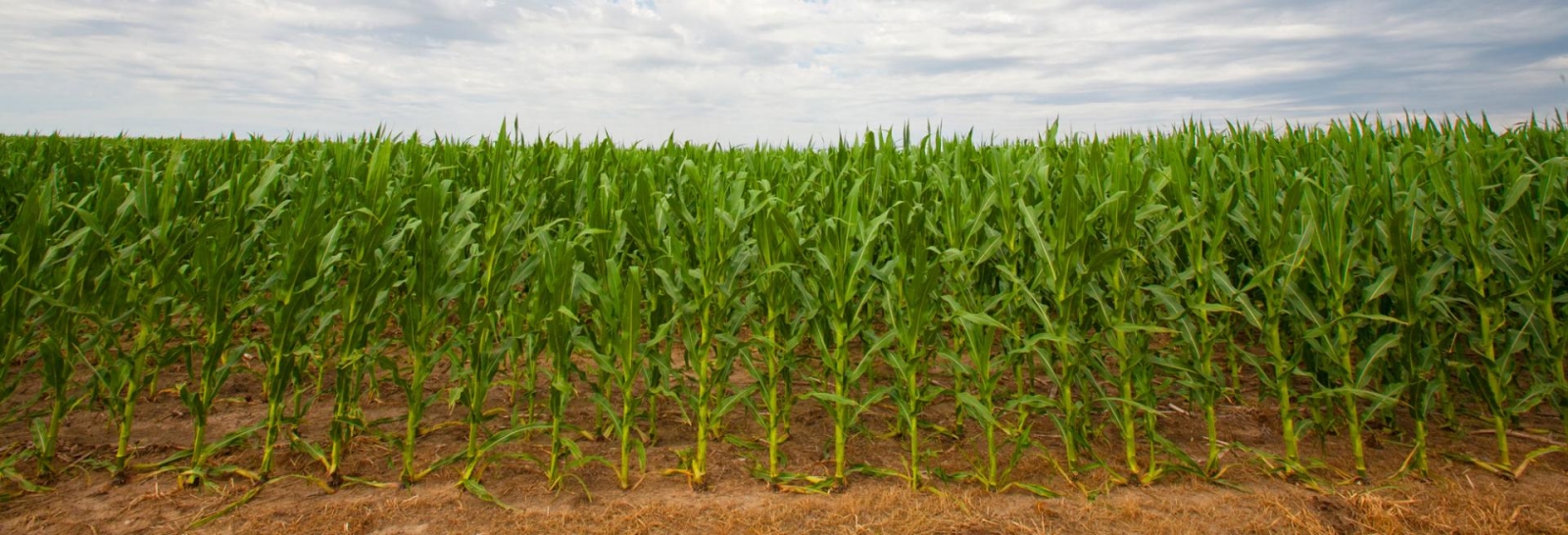Key Takeaways
Conditions are ideal for white mold in 2025. Cool temperatures and widespread rainfall across Nebraska have created a high-risk environment, particularly in eastern and central regions.
History matters. Fields with a past history of white mold are at the greatest risk. Focus management efforts on these locations — the disease often returns to the same hotspots.
Fungicide window still open — but closing fast. Fields currently in the flowering stage (R1–R3) may still benefit from a timely fungicide application if risk is high.
Late applications won't help. Preventative fungicide sprays are only effective before infection occurs — they won’t reverse established disease.
Just as we highlighted the critical management period for white mold (Sclerotinia stem rot) in our recent article, "Soybean White Mold Management Season is Here," the disease is indeed making its presence known. While initially spotted in east-central Nebraska, there's a strong likelihood we'll see white mold emerging across the state very soon. Our current observations and weather patterns suggest that Nebraska is unfortunately heading for what could be record white mold losses this year.

Recent conditions have been highly conducive to disease development. Last week saw two days of low temperatures across the state, immediately following significant rain. This consistent moisture, combined with a moderate likelihood of continued precipitation in the eastern two-thirds of Nebraska, will continue to drive plant infection and disease progression within soybean fields.
While we anticipate some high temperatures in the coming week, which will certainly slow down white mold development, this will only briefly stall the disease. The established moisture and favorable temperatures that have already occurred — and are expected to continue — create an environment where Sclerotinia sclerotiorum can thrive.
As a reminder from our previous article, soybean plants are most vulnerable to white mold infection during the peak flowering stage (R1 to R3). The fungus survives as hard, black sclerotia in the soil, emerging as mushroom-like apothecia in saturated conditions to release spores that infect through senescing blossoms.
Focus Your Management: History is Key
Given the anticipated severity, focused management remains crucial. We strongly advise producers to concentrate their efforts on fields with a history of white mold. These fields are at significantly higher risk due to the quantity of sclerotia in the soil, often appearing in the same hotspots year after year. For these high-risk areas, some are still within the critical window where a timely fungicide application could be economically effective. Remember, protective measures are essential for preventing infection; late management will not save already infected plants.
Conversely, if your fields do not have a documented history of white mold, I do not anticipate you will experience meaningful white mold issues this year, despite the statewide high-risk outlook.

Recall Key Management Strategies
As detailed in our previous piece, comprehensive white mold management includes:
- Genetic Resistance: Select varieties rated well against white mold and choose shorter varieties that don't lodge easily.
- Cultural Practices: Consider wider row spacing (30-inch over 15-inch) to delay canopy closure and reduce humidity in high-risk fields. Avoid irrigation during flowering if possible. Practice good weed control and rotate with non-host crops like corn. Consider plant architecture when selecting varieties.
- Chemical/Biological Control: Apply foliar fungicides during the susceptibility window at flowering in fields with a history of white mold and favorable weather. Consult resources like the Crop Protection Network and UNL’s “Guide for Weed, Disease, and Insect Management in Nebraska” (Nebraska Extension NebGuide EC130) for effective product recommendations.
Accurate disease identification is paramount for effective management strategies. If you suspect white mold or any other disease, remember to send plant samples to the UNL Plant and Pest Diagnostic Clinic for confirmation. Nebraska Extension personnel are also available locally, and further resources can be found on CropWatch and the multi-university Crop Protection Network.
Stay vigilant and proactive in your fields, especially those with a history of white mold.

